Barnstorm Dance Fest 2024 Sets a Rich and Satisfying Table, Times Three!
Barnstorm Dance Fest is, like the population of our city, a heady and delicious feast made of pieces with diverse origins and flavor profiles. Each of the three programs is designed to nourish, surprise, and delight its audience, and it was a thrill to speak with these three featured choreographers about the ingredients and processes in the dishes they present, and to be allowed a peek into their idiosyncratic kitchens. Let the food metaphor end after I recommend you try all three of the Barnstorm menus and admit that these conversations leave me a very hungry girl.

Loren Holmes didn’t set out to be a choreographer specifically of women’s issues, but her recent works with Dance Source Houston – “Jezebel” in 2022 and “Mother, May I?” at last year’s Barnstorm Dance Fest – take on subjects that are profoundly feminine: being the sexualized subject of the male gaze; motherhood in the absence of fatherhood; and, for Barnstorm Dance Fest 2024 Program A, the sickness of unbalanced gender roles that run the gamut from street harassment to sexual exploitation and femicide. And while she isn’t limiting herself to women’s issues, Holmes recognizes that these stories “are best told through the lens of those who experienced it,” and she is thorough and unflinching in her telling.
Like her previous pieces, “I Said NO!” can be “a jarring experience for the audience,” says Holmes, because the raw storytelling style and because the narrative includes “holes,” as she describes them, areas of ambiguity where viewers can reasonably arrive at very dark conclusions. The material for this piece was drawn from too-common news features about violence against women and the excellent interdisciplinary series “Stop Telling Women to Smile” by artist Tatyana Fazlalizadeh (https://tlynnfaz.com/stop-telling-women-to-smile). Holmes shared these resources with her dancers and they, in turn, brought their own experiences to the process of dance-making and to the intensity of the piece. During a rehearsal, the impact of violence against women struck one dancer so hard and she broke down in tears at the senseless and irreversible loss of life.
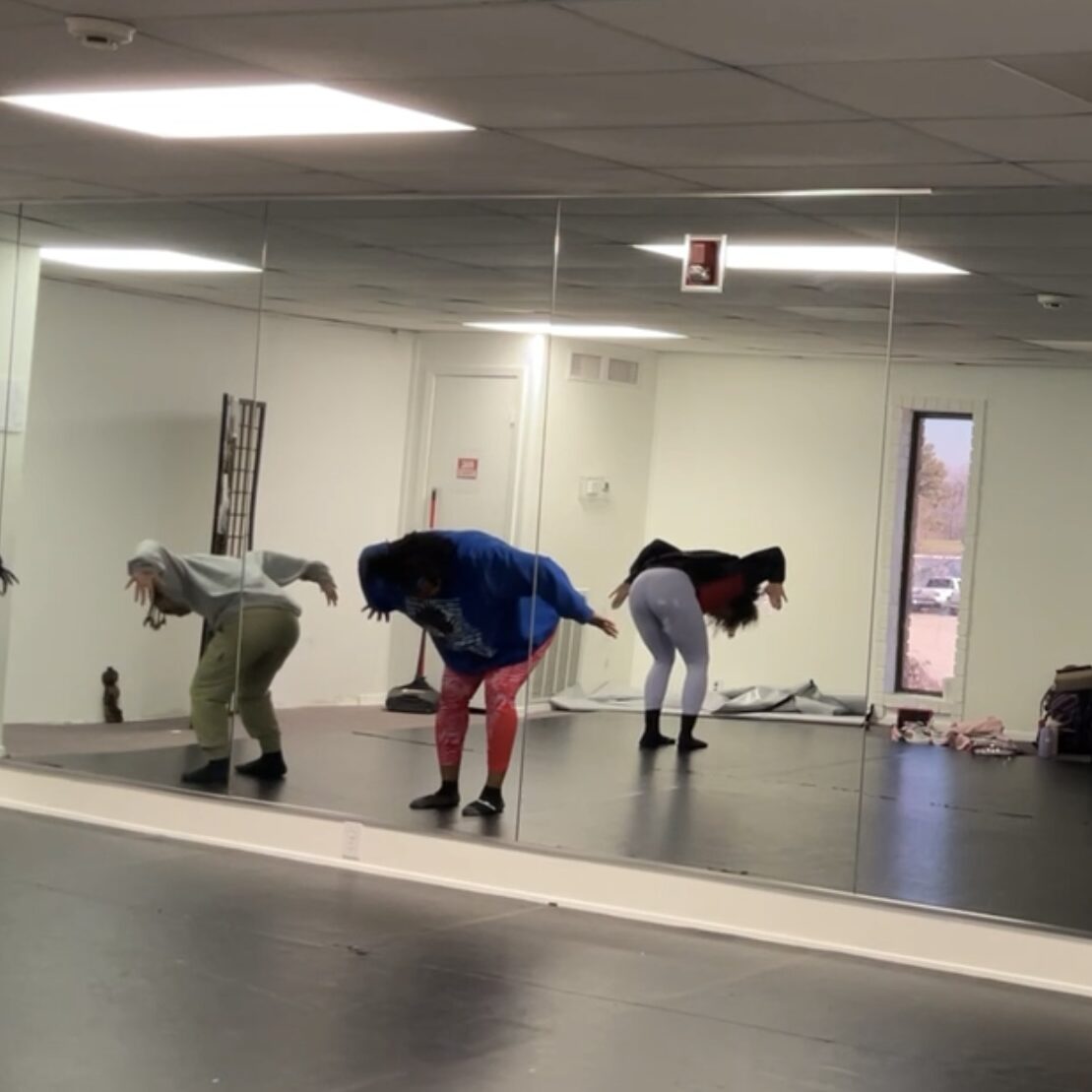
“I do not play it safe,” affirms Holmes, recognizing that the ultimate impact of art is “pure emotion.” She knows that after seeing “I Said NO!” the audience will bring her their stories, their questions, their pure emotion. She experienced it during and after performances of “Mother, May I?” when audiences broke into audible, snotty sobs and shared deep conversations about motherhood that went on long after the dance ended. “I Said NO!” is sure to elicit these same waves of recognition and the impulse to collectively take action.
Asked if making “I Said NO!” purged some of her anger or made her more sensitive to these stories, Holmes admits that she is now more upset as the incidences of abuse and femicide continue to show up in news feeds and anecdotes. While she is more sensitive to these stories, she isn’t worn down or at a loss about what needs to be done. “I have some ideas about where to start,” she says with the hard-earned confidence of someone who has had to think about this way too much. “We need to start with children’s autonomy over their bodies.”
The issue of sexual harassment, violence, and femicide is hard enough to stomach, but to think about it in terms of a child’s future… Holmes’ point is solid. “Baby Said NO!” Respect that.
Holmes also points out that change requires conversations about these issues among men. “They need to hold each other accountable, and they need to have these conversations with each other. Women already know.” Holmes’ piece will give everyone in the audience a chance to confront these issues anew and a reason to act for change.
Sheena Kapila knows a thing or two about perseverance, about pushing through the unknown to arrive at accomplishment. Her piece for Barnstorm Dance Fest 2024 Program C, called “Summit,” puts that process on display and refers to the surprising stores of strength we humans find beyond our own exhaustion, especially when we connect with and support each other.
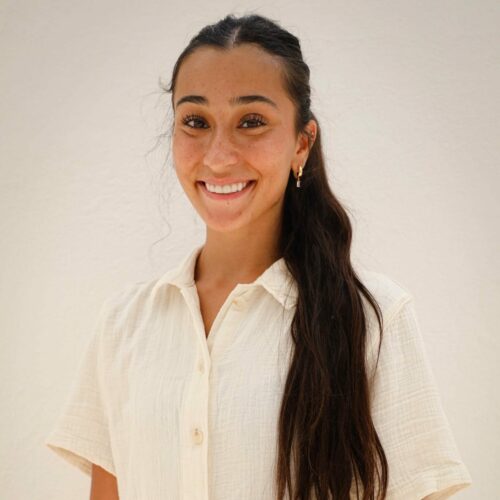
As a college student in Regina, Saskatchewan, Canada, in 2020, Kapila was supposed to be on her way to Sam Houston to study dance when the Covid-19 pandemic shut down her and countless other students’ plans and expectations. So, she did her studying from a distance – a great distance! – and honed her skill of self-discipline. After the shutdown, Kapila finally did get to have the Huntsville college experience; she received her BFA from SHSU in 2022 and is currently enrolled in their MFA program. It is here that her life lessons are taking shape into a choreographic style she uses to challenge and uplift other dancers.
“When dancers first work with me they tell me, ‘This is the hardest dance I’ve ever done.’ Then we get to the next one and they say, ‘Now THIS is the hardest dance I’ve ever done!’” says Kapila, explaining that her choreographic process is built on two virtues: athleticism and collaborative trust.
“I’ve just started to find my voice as a choreographer,” she says, and it is the trust that she builds with her cast that enabled the work to flow. “Having people in the room who you trust and who trust you…even the mistakes turn into something useful!”
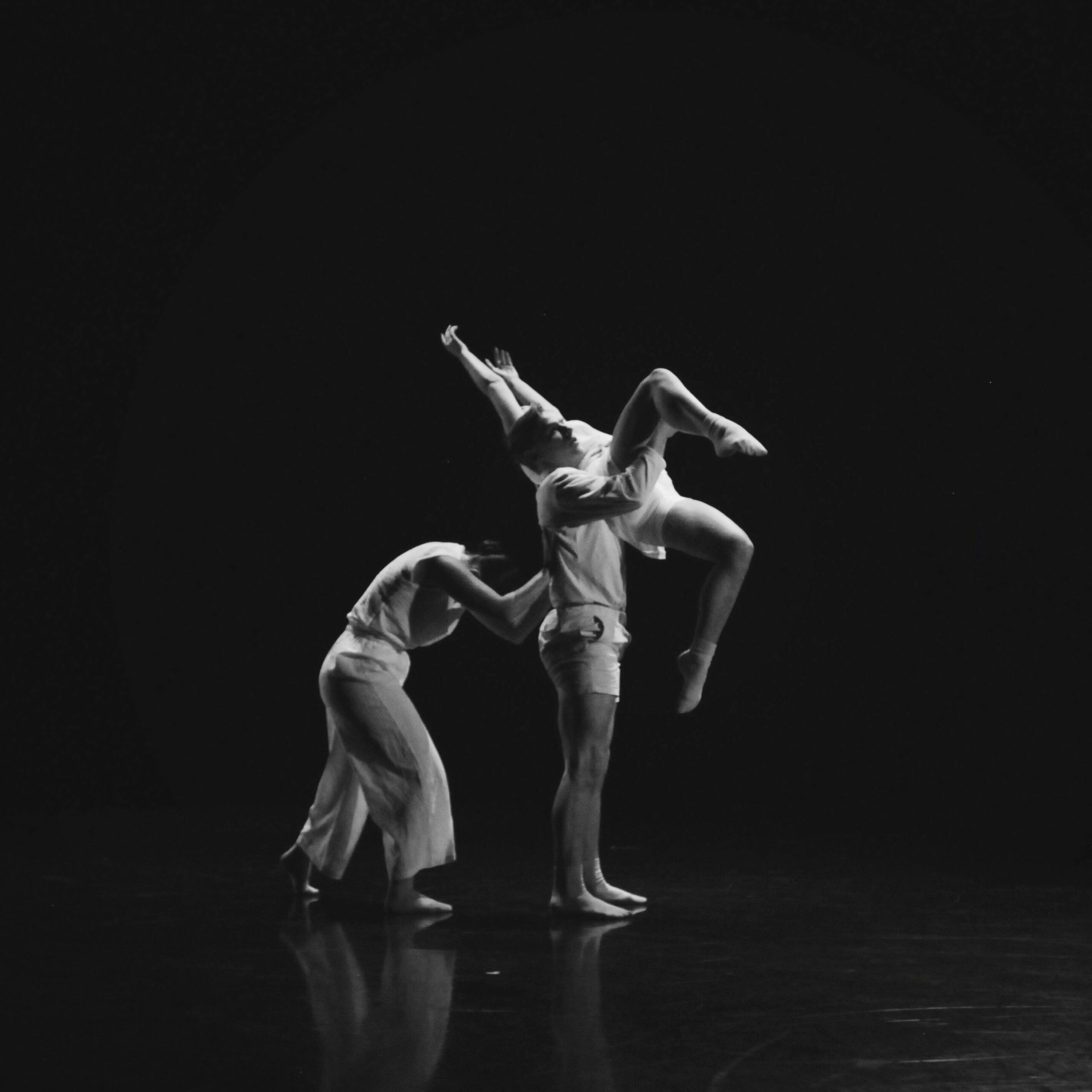
Kapila finds that communication is key to arriving at this place of trust, especially with overworked undergraduates. “I want everyone to have fun and feel seen,” says Kapila, and part of seeing her dancers means listening to them and meeting them where they are in terms of their focus and energy on any given day. Knowing that Kapila will set reachable goals builds dancers’ trust in their choreographer, and this trust opens them up to make meaningful and exciting contributions to the piece.
Vulnerability is another key Kapila uses to build collaborative trust. She explains, “When I share my story, my feelings, and my ideas it makes the dancers more invested. If I am vulnerable, they will be vulnerable, and then [the piece] becomes personal for them.”
“Summit” was built in trusting collaboration with SHSU students Aiden Aloma, Madeline Payne, and Alyson Pennington. Under Kapila’s guidance, the three created a piece about exhaustion, working through this exhaustion in order to create art, and then reflecting on the struggle and acknowledging the art that is the result of this process. Evident in the work is their dauntless energy and their ability to act as a unit, a result of the safe and vulnerable space Kapila created. As a developing choreographer, it felt “strange” for Kapila to stage this piece with new dancers – another capable set of SHSU students: Bianca Bolanos, Charlie Poulin, and Anaya Wingate – but as a leader, Kapila strives to pair rigor with care, and undoubtedly these dancers respond to her wise approach, even if the dance is the hardest they’ve ever done!
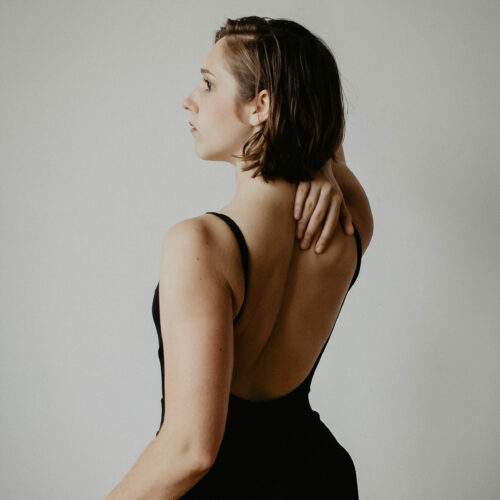
Haley Lee is all about taking a multidisciplinary approach to dance. Her work lives not just in movements of the body or even in the body’s relationship with space and sound, but in the variety and contrast of textures she can bring to it from other areas of life. For example, her piece in the Barnstorm Dance Fest 2024 Program B, “Eldritch,” combines Korean mythology and the phenomenon of the solar eclipse. It tells the story of the Bulgae, mythical fire dogs who are sent from the underworld to collect the sun and the moon for their ruler, who covets their light. According to this myth, when the sun is too hot and the moon is too cold, the Bulgae spits them out. It is at this moment that the moon moves in front of the sun to create the solar eclipse.
“I am fascinated by the mysterious, somewhat fearful, experience that still surrounds the eclipses,” explains Lee. “To me, it’s a humbling reminder of how small we are in nature.”
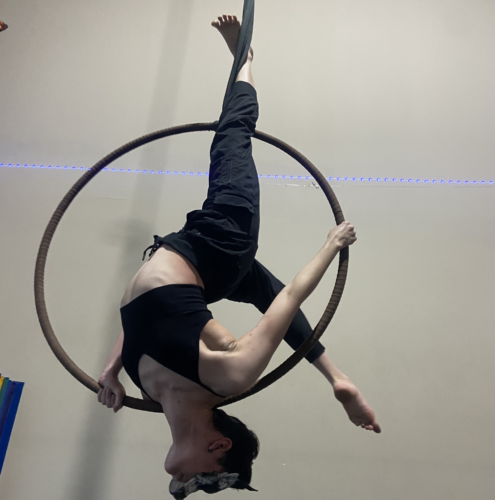
In doing research for “Eldritch,” Lee found a variety of stories and superstitions around the eclipse and other celestial occurrences. “I think I think I started with a literal interpretation of [the Bulgae], but my research led to something more evolved. I wanted to share not just one story, but many.” Look for this multiplicity of explanations in Lee’s piece as she explores relationships between the earth and the sky, and the characters both mythical and otherwise that inhabit them.
But the piece is also personal. While based in myth, Lee is telling “a story of my own” while equally representing stories of gods and humans. This ambitious work was further complicated by the fact that it is Lee’s first piece based on an existing character or story. The rich world of myth provides textures both literal and symbolic that Lee weaves – again, figuratively and literally – into a thoroughly original and exciting work.
Barnstorm Dance Fest runs May 28-June 1 at MATCH featuring 2 performances of each program. Get tickets and learn more at dancesourcehouston.org.



Recent Comments